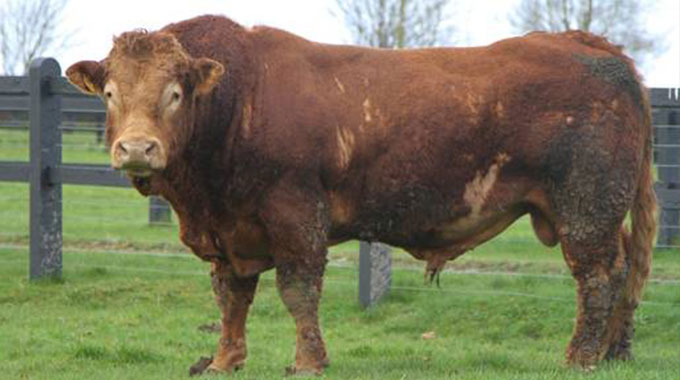
The Sunday News

Mhlupheki Dube
WE are now into the dry season and one component of animal management becomes more important than the rest.
I refer here to animal nutrition management. It is important for livestock farmers to understand that while good animal husbandry practices are a fulltime requisite for animal production, one aspect of management becomes prime at a particular time depending on season and geography of the area.
Farmers will appreciate that animal health management usually is topical and preoccupies farmers much more during the rainy season than it does at any other part of the year.
As the season progresses, animal nutrition management migrates to the centre stage of the livestock management calendar especially during the drier months of the year. This is more so in drought-prone and low rainfall areas where rangelands tend to deplete severely during the dry season.
Animal nutrition management becomes an active rather than a passive role for livestock farmers. A farmer has to make and take deliberate steps towards ensuring that his/her animals get enough feed be it commercial or rangeland based, to sustain a particular body condition score.
Body condition score is a visual measurement or assessment of the animal condition. While there are different types of scoring ranges, in Zimbabwe we generally use the one to five scale, one being the poorest condition and five the best possible condition. Three is the median condition and every farmer needs to ensure that his/her animals are either at the median level or above this level of body condition score at any particular time.
The body condition score is therefore an important animal management tool which every livestock farmer should grasp. Livestock farmers should make sure that their animals reach peak body condition score during the rainy season when there is abundant grazing. This means you need to manage your animals in such a way that they get adequate grazing time during that season. I know this is difficult for most smallholder livestock farmers because they tend to pen their animals for excessive times during that time for fear of them straying into other people’s cropping fields.
Also, some of the animals are part of the draught power and the stockman who are supposed to be herding the animals and prevent them from going into people’s fields, are themselves part of the labour in the fields.
If your animals are properly fed during the summer season and they attain a peak body condition score, they will not lose condition much earlier into the dry season and hence you will have a shorter period to supplement the animal.
However, if it goes into the season already tethering around the median body condition score, it means you will have to start supplementing it much earlier if you want to see it through the dry season.
The prime reason why we need to manage our animals such that they keep at least a body condition score of three, is purely for reproductive purpose. You want your breeding cows and heifers to be able to cycle, go on heat and breed.
This will only happen when your animals have the right body condition score which is anything above three. It is therefore important for livestock farmers to supplement their animals and provide additional nutrient requirements such as mineral licks so that your animals do not dig into the body reserves for the nutrients.
When the veld become deficient of both the feed and the nutrients, animals get the needed nutrients by withdrawing from their body reserves such as the fat, the muscle and the bone, in that order. Once this happens your animal accelerates in loss of condition and it will die when the nutrient deficiency persists.
In simpler terms, farmers please manage the nutrition of your animal so that you keep it alive and you prime it to go into breeding!
The body condition score becomes your dashboard warning lights and when the lights indicate that you are running low, please juice up by providing the important nutrition supplements such as commercial feed, hay bales and mineral licks.
The choice on which to use will depend on your pocket and the severity of the nutritional problem in your herd. If you are not sure of the extent of your nutritional problem you may need to consult a livestock specialist to help you.
Uyabonga umntakaMaKhumalo.
-Mhlupheki Dube is a livestock specialist and farmer. He writes in his own capacity. Feedback [email protected]; cell 0772851275



